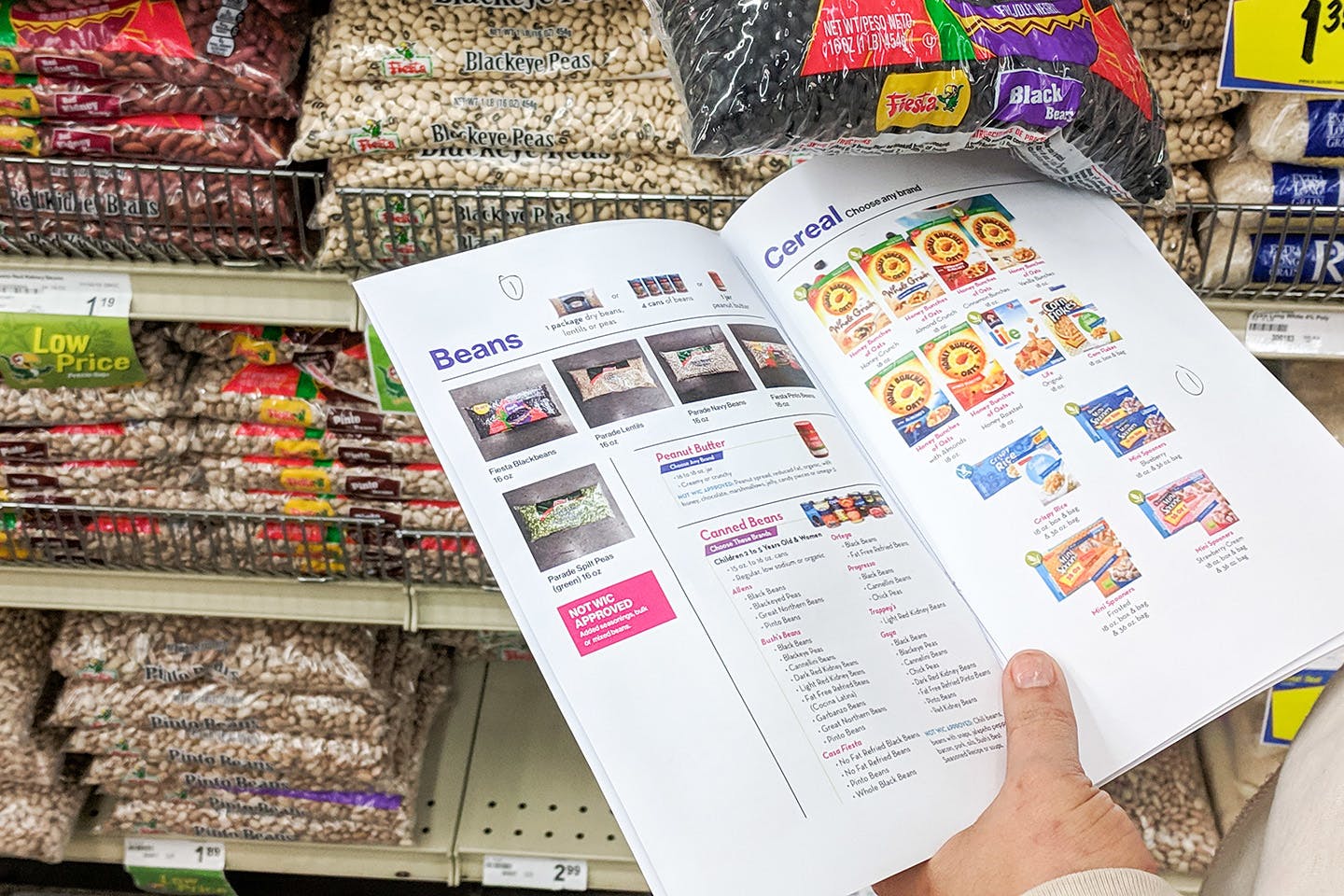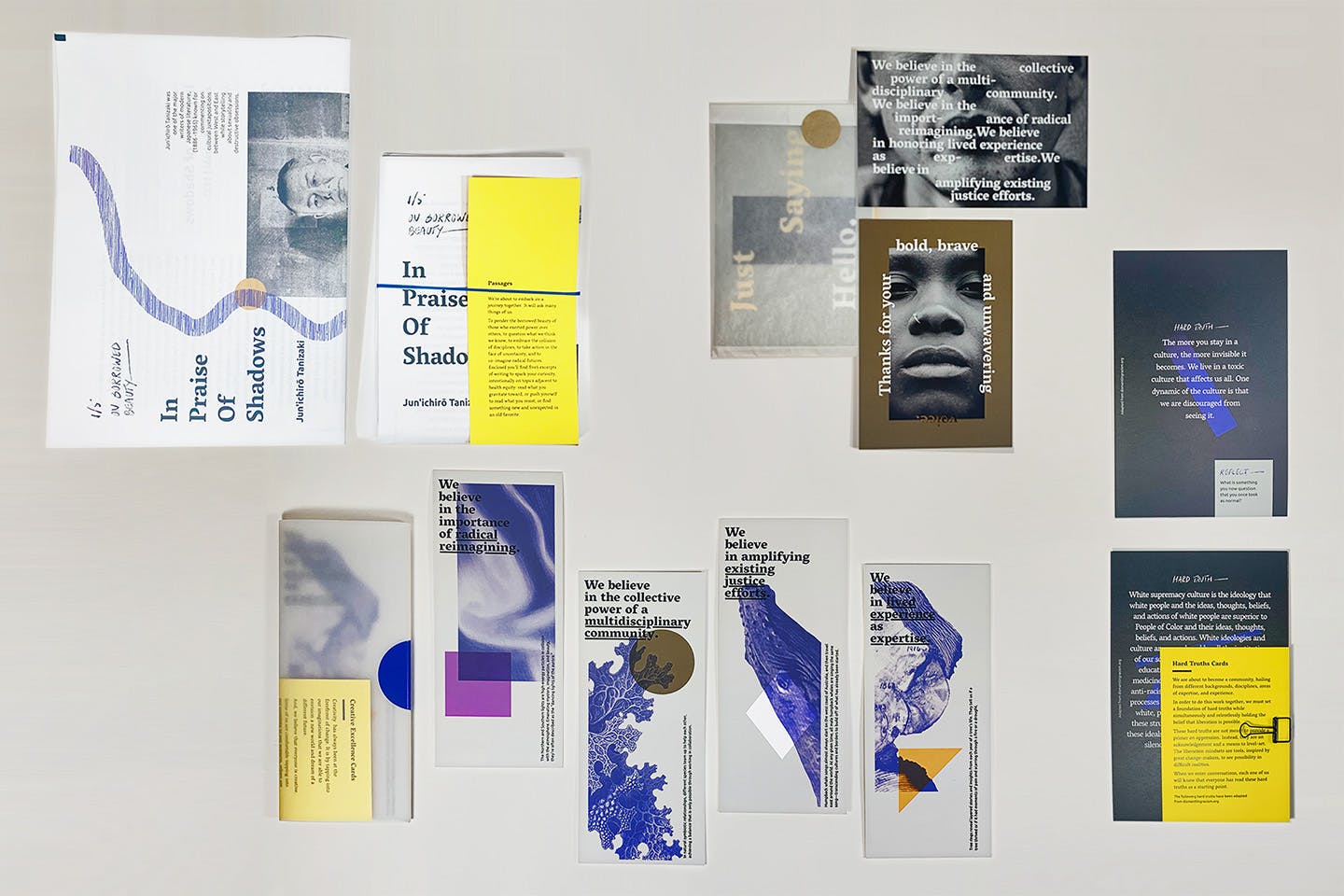For Ben Chase, good design always starts with people: understanding their needs and the way they will be affected by a product or service being created. “If we don’t design something amazing, no one is going to want to use it,” says Chase. “And if what
we’re designing isn’t steeped in the lived experience of the people who will be using it, then it will be irrelevant.”
 IDEO.org and the Child Poverty Action Lab prototyped solutions to make the WIC shopping experience easier, including in-store guides and wayfinding to the right products.
IDEO.org and the Child Poverty Action Lab prototyped solutions to make the WIC shopping experience easier, including in-store guides and wayfinding to the right products.It's a philosophy that has served him well throughout his career, particularly in his current role as chief operating officer at IDEO.org, a global nonprofit design and innovation firm that emerged from the celebrated consultancy IDEO. To illustrate the
value of design in creating solutions that can be scaled, Chase describes working with the Child Poverty Action Lab (CPAL) in Dallas to address the low rate of participation in the WIC food benefit program for mothers and children. The CPAL and IDEO.org
team developed and tested a variety of creative solutions with mothers, administrators, and even supermarket managers to make the program better reflect and respond to the needs of participants, resulting in an increase of 90,000 WIC benefits packages
delivered in the last year.
 IDEO.org designed a suite of materials, including those shown here, to inspire and engage the Health Equity Collective.
IDEO.org designed a suite of materials, including those shown here, to inspire and engage the Health Equity Collective.IDEO.org’s work in designing and launching the Health Equity Collective, with funding support from the Robert Wood Johnson Foundation, is another example of the way the organization uses design and creativity to promote urban resilience and equity. A
cross-disciplinary cohort of more than 80 activists, scholars, and medical practitioners envisioned a healthcare system that is patient-centered, accessible to all, and grounded in justice, then iterated prototypes to bring that vision to life. “Design
can help solve specific problems and help us imagine a world without them,” says Chase.
Chase credits Parsons with equipping him with tools and perspectives that helped shape his career, citing faculty member Katherine Moriwaki, who instilled in him a sense of the importance of user research—a key part of his work today. “I think about her
and the lessons she taught all the time,” says Chase. He also mentions former program director Sven Travis for the joy he brought to his work. “You need a sense of abundance if you’re going to make art and design really inspiring things,” says Chase.
Chase considers design fundamental in formulating more equitable and inclusive systems. “My hope is that we can move from a top-down approach to a system where communities are empowered to bring their expertise to bear,” says Chase. “This is why design
strategy and creativity are more relevant now than ever before.”
ideo.org